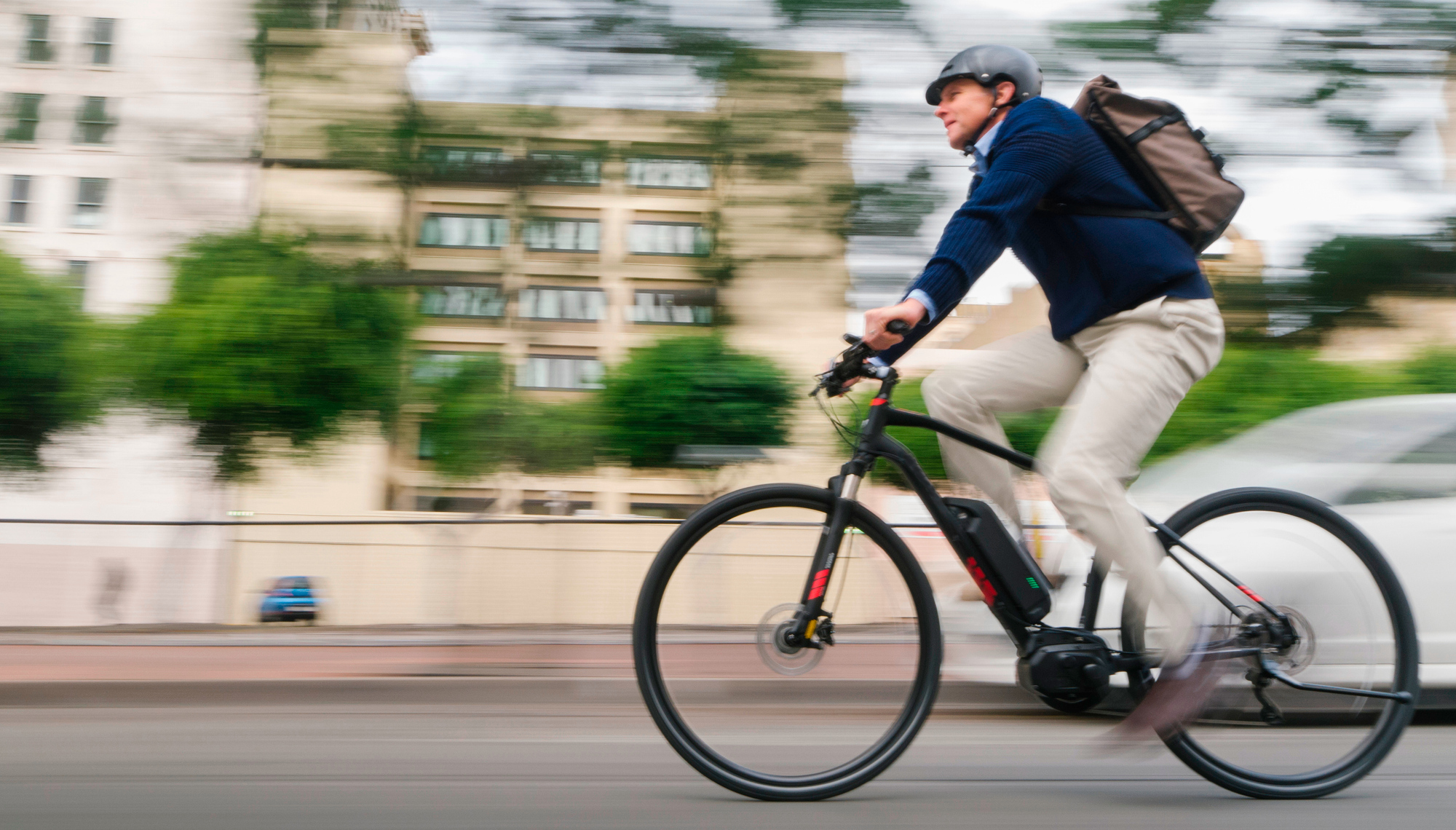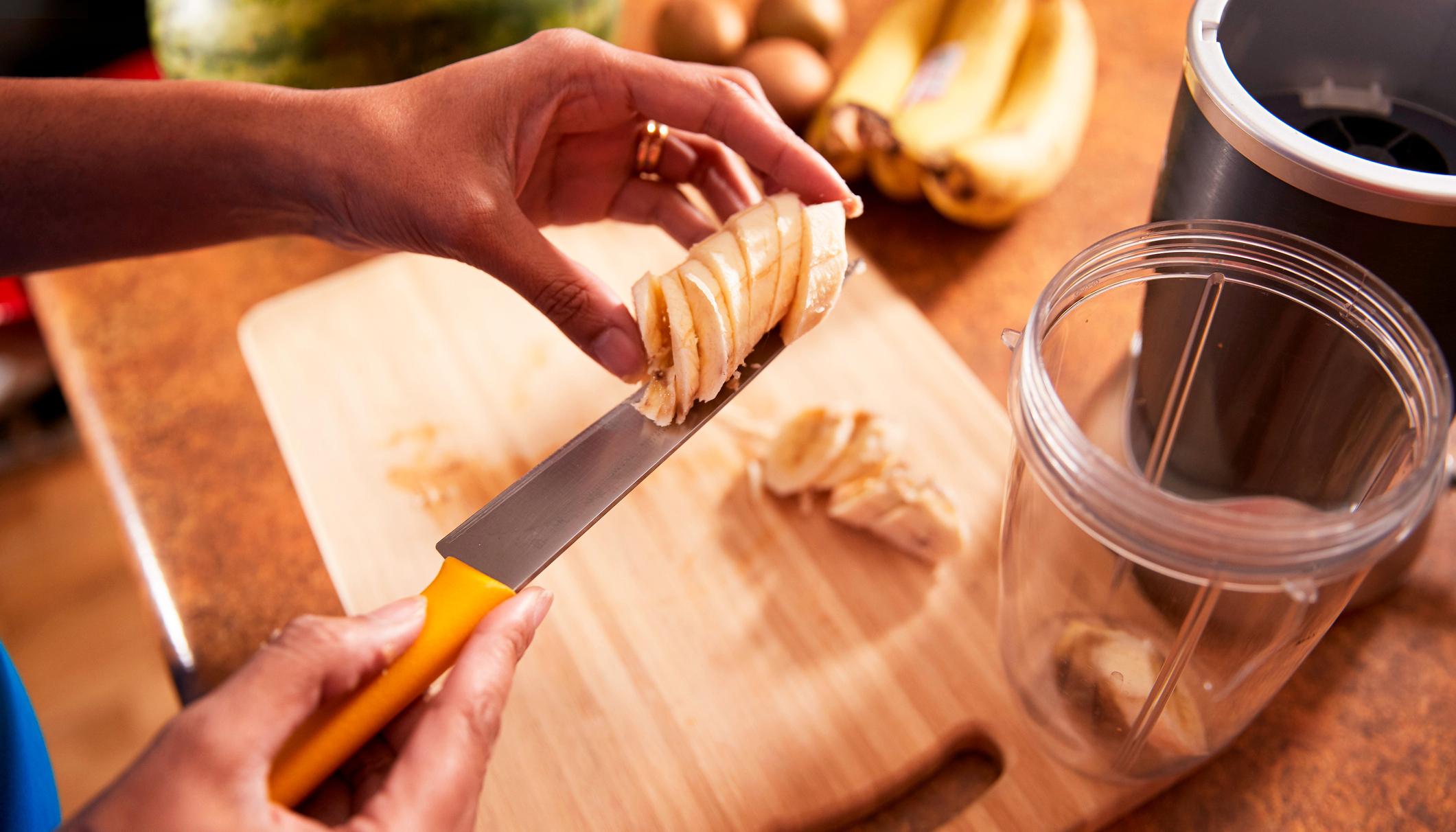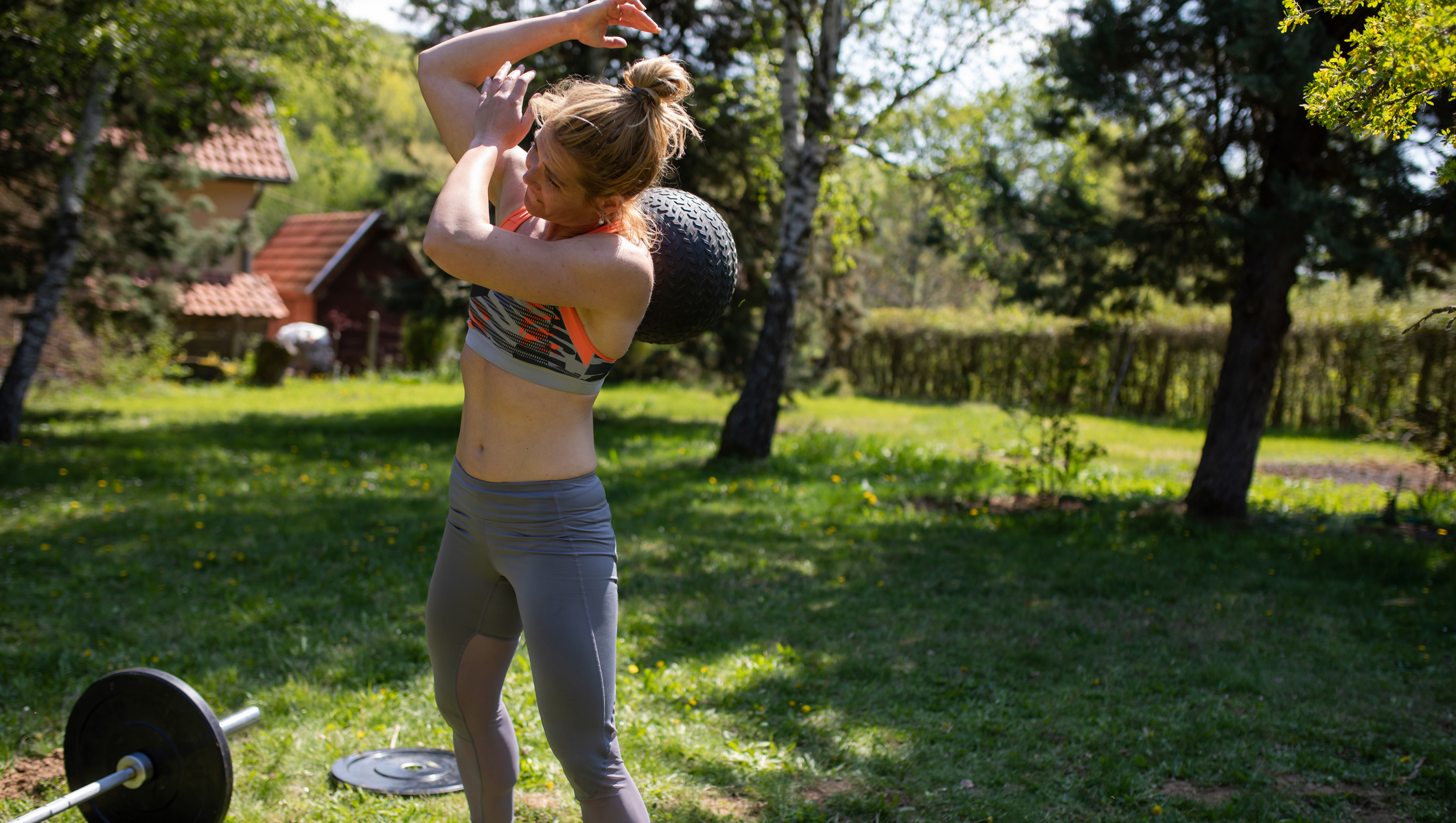The Best Free Weights Exercises
Plus the pros and cons of each type of free weight

When you’re new to the gym the free weights room can seem a daunting place, and many people steer clear to focus on bodyweight exercises and fixed weight machines instead. But while there’s nothing wrong with kit-free and fixed weight workouts, there’s also no reason at all to avoid free weights, because with the right exercise selection beginners can get just as much out of them as experienced gym-goers.
Before you get going with free weights, however, it’s wise to bone up on the different types available, because they each have their pros and cons. To help, we asked Ant Nyman, owner of Antics Fitness and Multipower ambassador, for the skinny on the different types of free weights.
After that, we’ve compiled a selection of free weights exercises for the key body parts: back, chest, legs, biceps, tricpes and shoulders.
Dumbbells

The most popular type of free weight, dumbbells are a great addition to your home gym and the first port of call for many gym newbies.
“Dumbbells can be extremely effective because you have to use each side of your body individually,” says Nyman. “This helps ensure you don’t have any body parts that lag behind, because your weaker side can’t rely on your stronger side to do the rep.
“The uneven and unstable nature of using dumbbells will also ensure your core gets a good workout as it’ll be fighting to keep you stable throughout the movement.
The primary downside of dumbbells is that you can’t stack huge amounts of weight on them.
Get the Coach Newsletter
Sign up for workout ideas, training advice, reviews of the latest gear and more.
“If you want to lift as heavy as possible and focus on compound moves like squats and deadlifts, a barbell will be more effective,” says Nyman.
Ready to get started? Here are the best dumbbell exercises for every level of gym-goer and if you want a set for your home, try our round-up of the best dumbbells.
Kettlebells
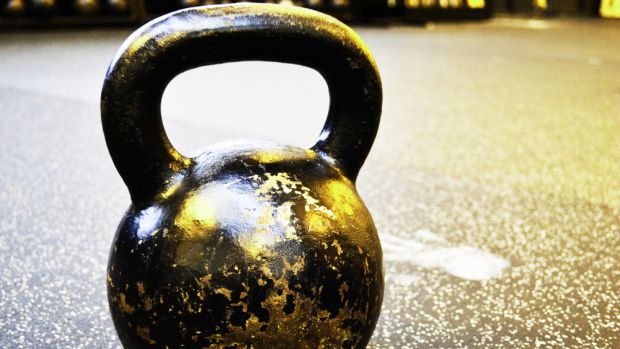
If you’re a fan of functional training, you should be using kettlebells, because their shape and the way you hold them allows you to mimic natural movements more easily than with dumbbells.
“Exercises like kettlebell swings help you to build up your glute strength while your body swings and your hips thrust in a natural pattern,” says Nyman.
However, as with dumbbells, there’s a limit to how heavy you can go with kettlebells, so Nyman recommends not simply trying to lift as heavy a bell as possible – there are smarter ways to use them.
“You’re better off aiming for high reps or time under tension to build muscular endurance and stamina,” says Nyman.
Check out the best kettlebell exercises for beginner, intermediate and advanced gym-goers, and we also have a buyer’s guide to the best kettlebells so you can select the finest set for home use.
Barbells and plates

Here’s where it gets really heavy.
“If you’re looking to build strength and size, you’ll want to lift as heavy a weight as possible – making sure you’re doing so with perfect form,” says Nyman. “This is where barbells and plates come into their own.
“You do barbell exercises using both sides of your body, which means you’re able to lift a lot more weight. It’s also far more stable and balanced than using dumbbells, but you’ll still have to use your core because it’s less stable than using machines.”
Before you head straight for the barbell, remember there are downsides too. Using them can be tough on your wrists and you can’t move as freely as with dumbbells or kettlebells.
“You’re a little limited in your range of movement when using a barbell,” says Nyman. “There are certain exercises like the bench press where you’re forced to stop because of the bar, rather than where your flexibility would allow you to move.”
Ready to start using the barbell? Try our pick of seven essential barbell exercises you should be doing.
See related
- The Best Free-Weights Workout Plan To Build Strength
- The Dumbbell Workout Plan To Build Muscle At Home
- The Best Kettlebell Workouts For Strength, Cardio And Fat Loss
EZ-bar

This bar differs from the standard straight bar by bending in a slight zig-zag pattern in the middle, which makes certain exercises a little easier on your wrists.
“EZ-bars are great for allowing you to get the leverage to go heavy – especially on biceps and triceps exercises – without straining your wrists and forcing them into unnatural positions,” says Nyman.
The EZ-bar shares some disadvantages with the standard barbell, the main one being that it can mask weaknesses in your body.
“As with the barbell, the EZ-bar means your weaker side can get a slightly easier ride because the stronger side can do most the work in the rep,” says Nyman.
To get to grips with the hall-of-famer EZ-bar exercise, read our in-depth EZ-bar curl exercise guide.
Sandbags/sandbells

Sand-filled weights can be just as heavy as dumbbells and kettlebells, but they’re not as hard, so you can throw them around and slam them down without wrecking floors and walls.
“In a similar way to kettlebells, sandbags allow you to build functional strength and replicate more natural movements,” says Nyman. “The design of the bags allows you to move as your body wants to, as opposed to being restricted to where a solid bar dictates.”
Sandbags and bells can be cumbersome, however, and they’re not the best for lifting massive weight.
“You won’t be able to go as heavy as possible with these – they’re more for building stamina,” says Nyman.
Despite this limitation, it’s possible to work your entire body with a sandbag, as this punishing 30-minute EMOM workout shows.
Free Weights Exercises For Your Back
Bent-over row

Rows are your best friend when it comes to building back strength, and you can do them using a variety of free weights.
Renegade row

This twist on the classic row is as good for your core as it is your back. Adopt a press-up position while holding dumbbells, then row them up to your chest one at a time.
Free Weights Exercises For Your Chest
Bench press

The classic chest-builder. Pick your free weight, lie back, lower, press, repeat.
Dumbbell flye

This move works a greater range of chest muscles than the press, and you’ll feel every one of them as you spread your arms to the sides, then use your chest to pull them back in.
Floor press

No bench? No problem. Working from the floor also puts less pressure on your shoulders than the classic move.
Free Weights Exercises For Legs
Squat

The quintessential leg exercise has endless variations you can do, and any sort of free weight can be involved.
Deadlift

The other big hitter for your lower body, the deadlift focuses on the posterior chain.
Kettlebell swing

The first move to learn when you get hold of a kettlebell, this one is great for your quads, hamstrings, glutes and core.
Free Weights Exercises For Biceps
Biceps curl
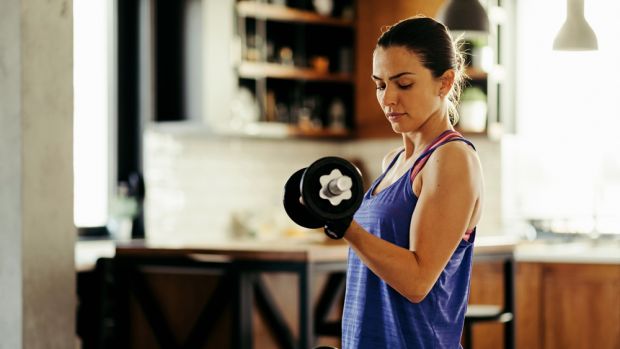
The best way to bulk up your biceps. The classic curl can be done with a barbell or dumbbells.
Reverse-grip bent-over row

Rather than a deceitful version of the classic row, this move is actually a highly effective variation for those seeking biceps gains as much as back strength.
EZ-bar curl

Using the curved EZ-bar means less strain on your wrists, so you can lift more weight in your curls.
Free Weights Exercises For Triceps
Triceps kick-back

A great dumbbell exercise that targets each arm unilaterally. Lean on a bench with one hand holding a weight in the other and straighten your to “kick” the weight back, making sure you’re moving only your forearm.
Overhead triceps extension

If you opt for dumbbells rather than the cable machine for your overhead extension, you can work each arm individually.
Close-grip bench press

The bench press in general is a great triceps exercise, but using a close grip targets those muscles more than using a standard grip.
Free Weights Exercises For Shoulders
Overhead press

This challenging but effective move can be done with a barbell to lift more weight, while using dumbbells works each shoulder individually.
Front raise

Make sure you use light dumbbells at first when attempting this exercise, because you’ll exhaust your shoulder muscles more quickly than you think.
Lateral raise

Once you’ve finished with the front raise, move your arms to the sides for the lateral raise to work your shoulders from a different angle.

Nick Harris-Fry is a journalist who has been covering health and fitness since 2015. Nick is an avid runner, covering 70-110km a week, which gives him ample opportunity to test a wide range of running shoes and running gear. He is also the chief tester for fitness trackers and running watches, treadmills and exercise bikes, and workout headphones.

